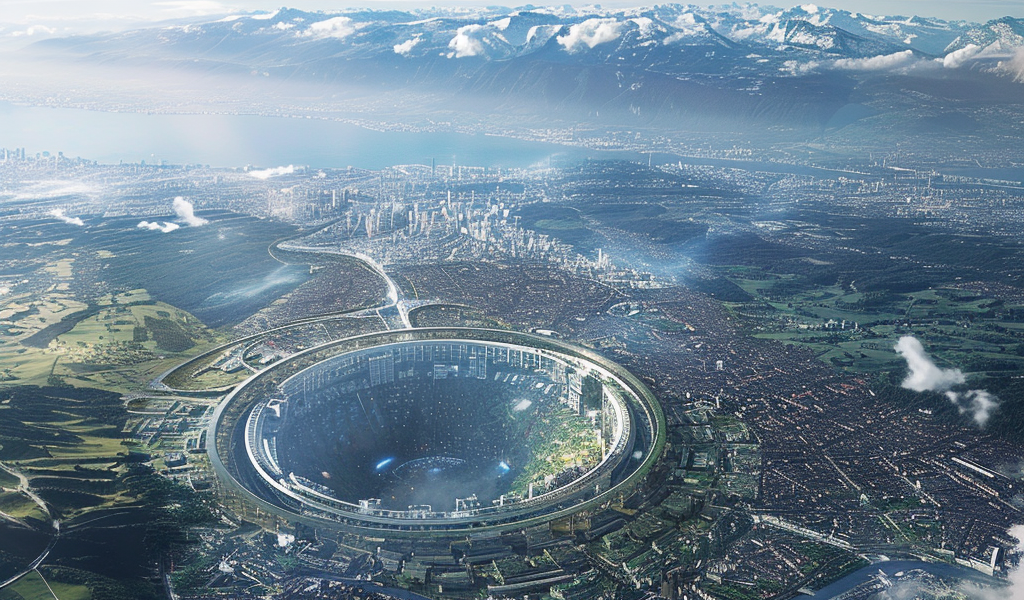Scientists are designing a supercollider so powerful it could push the boundaries of modern physics
CERN’s new supercollider will be 8 times more powerful than the LHC, the largest and most powerful in the world.
Physicists could use it to solve mysteries about the nature of our universe.
Based on their current timeline, the first phase of the new collider could be up and running by 2045.
For decades, physicists have been ramming particles together to peel back the layers of our universe. But despite all that research, we still only know what 5% of the universe is made of.
Particle physics research will need a major upgrade to begin exploring that mysterious 95%, made up of dark matter and dark energy.
CERN, the European Council for Nuclear Research, is designing a new supercollider called the Future Circular Collider (FCC) to push the boundaries of modern physics research and perhaps discover the true nature of our mostly invisible universe.
Based on CERN’s timeline, this massive atom smasher could be partially operating by 2045.
CERN plans its Future Circular Collider around the city of Geneva, with the tunnel running underneath France and Switzerland. CERN
It would be 3 times bigger and roughly 100 times more efficient than the Large Hadron Collider (LHC), the world’s largest and most powerful collider.
“With this new machine, we will reproduce 11 years of physics data taken on the old machine in about 2 minutes,” said CERN accelerator physicist Michael Benedikt, leader of the FCC feasibility study.
They won’t just reproduce data. With FCC, physicists hope to tackle some of the most mind-boggling questions in their field.
What happened in the first instant after the Big Bang? What is the true nature of dark matter? Where did all the antimatter go?
“There are various important questions that we have no clue how to answer,” said Christophe Grojean, a theoretical particle physicist at DESY also working on the FCC. “We need to find an explanation.”
Particle colliders can help with that. Colliders send particles spinning around a ring at nearly the speed of light, crashing them into each other to reveal their properties.
An artist’s illustration of a proton collision inside the FCC-hh detector. CERNCERN has already accomplished a lot with the LHC, including discovering the Higgs Boson particle. Identifying the Higgs Bo





